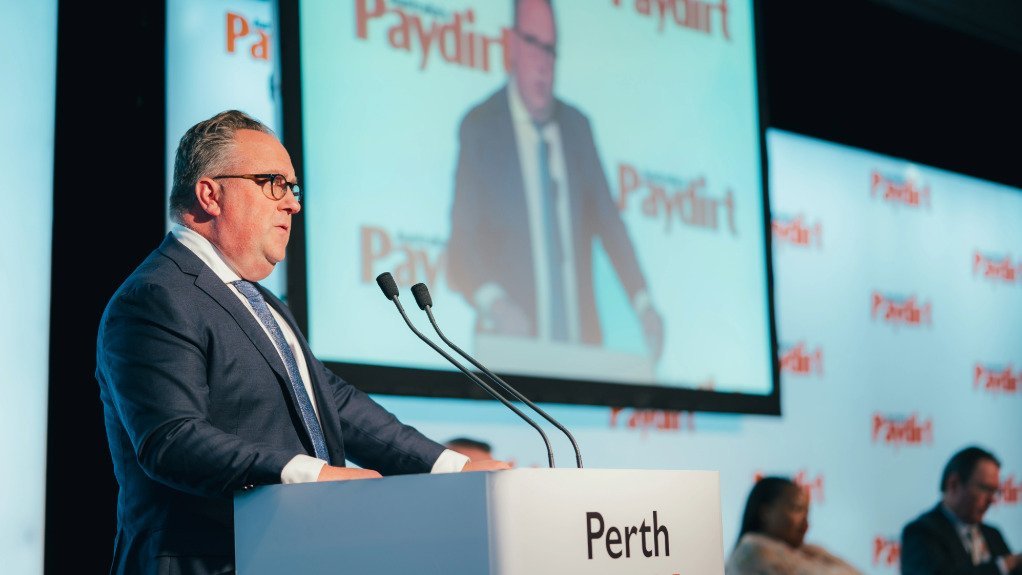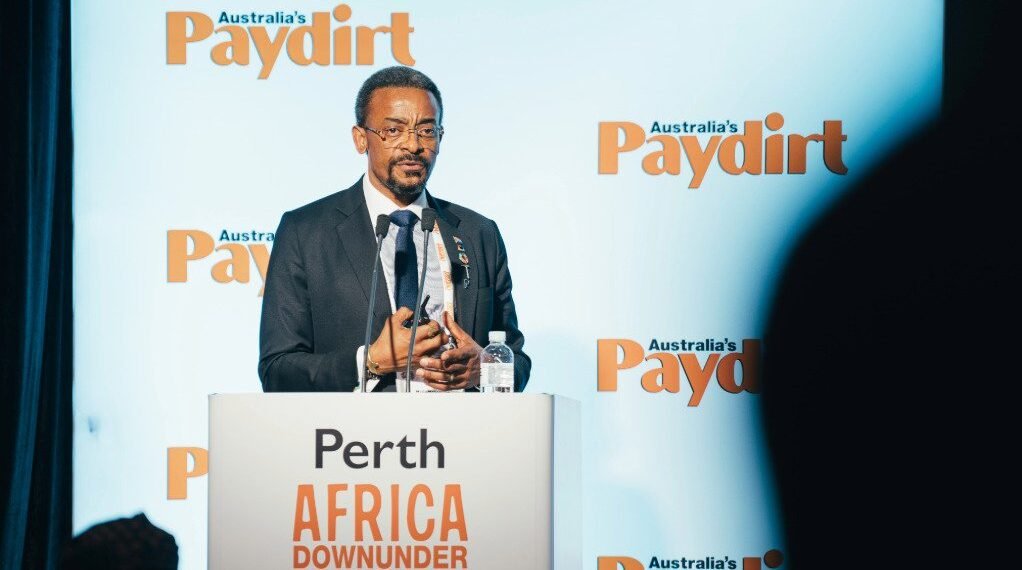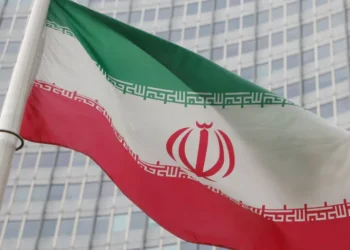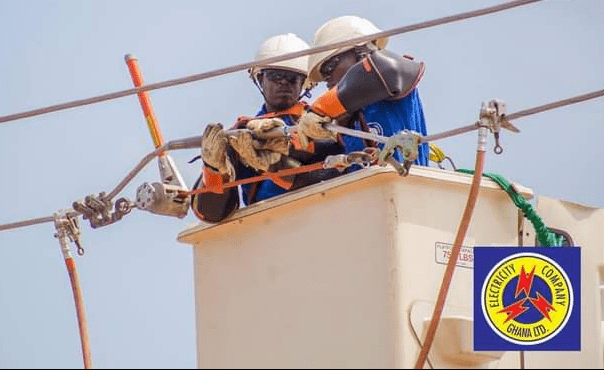Minerals Council South Africa CEO Mzila Mthenjane has said ongoing logistics reforms are “moving in the right direction”, with collaboration between government and the private sector beginning to yield results, even if progress remains slower than many stakeholders would prefer.
Speaking at the Africa Down Under conference in Perth on Wednesday, Mthenjane highlighted recent milestones that signaled growing momentum. Among the most significant, he pointed to the approval of 11 private train operators who will run 41 freight routes, covering all of South Africa’s main mining corridors.
He told delegates that these operators, who will soon gain access to Transnet’s extensive rail network, are expected to add 20-million tons of capacity per year over the next five years. “We believe this is just the first window, and that there should be subsequent windows, which will see production and volumes increasing up to 250-million tons a year,” Mthenjane said.
Transnet, South Africa’s state-owned freight logistics entity, has already set its sights on achieving the same target, moving 250-million tons of cargo by 2030. Mthenjane argued that with private-sector participation becoming increasingly embedded, those ambitions now appear more realistic.
Rail Bottlenecks Limit Mining Exports
The role of logistics in shaping mining competitiveness was further stressed by Brad Rogers, managing director of Australia-headquartered Jupiter Mines. In his remarks, Rogers noted that land logistics make up a significant slice of costs at the company’s Tshipi manganese mine. “Land logistics account for about 35% of the Tshipi manganese mine’s cost of production – compared with about 10% to 15% for mining itself,” he explained.
He added that, despite the mine producing 3.6 million tonnes of manganese ore annually, only about half of that makes its way across the rail line.
“Rail logistics for bulk miners are constrained in South Africa. For Tshipi, that means although we produce 3.6-million tonnes of manganese ore, we are only able to put about half of that across the rail line.”
Brad Rogers
While the rail system’s actual performance is not the issue, Rogers said demand has expanded beyond the line’s capacity.
“The performance of the manganese rail line is actually fine. It is not a performance issue, it is that exports over the last 15 years have expanded and have outstripped the capacity of that rail system to support them.”
Brad Rogers

Despite the challenges, Rogers expressed optimism. He reported that dialogue with Transnet had been “very positive” in recent years, with both individual company efforts and broader industry collaborations underway to boost freight volumes. “We are encouraged that over time those constraints will be dealt with, so South Africa’s globally leading manganese franchise can realise its full potential,” Rogers added.
Alternative Routes Ease Immediate Pressure
In the meantime, the Tshipi operation has looked for creative ways to ease its logistical bottlenecks. Road haulage has played a larger role, while exports have been routed through Namibia’s Port of Lüderitz and South Africa’s Port of East London.
“Our focus is on continuous improvement and lowering operating risks and costs. Rail remains the biggest priority, but we are also innovating around other paths to market,” Rogers said.
For the mining industry, logistics capacity remains a defining issue for competitiveness. With reforms accelerating and private train operators preparing to supplement Transnet’s efforts, stakeholders see reasons for cautious optimism. The test, many agree, will be whether South Africa can align rail and port infrastructure with its globally significant mineral production.
READ ALSO: NPP Urged To Build Alliances As “Mighty Minority”



















